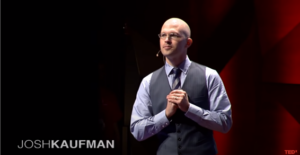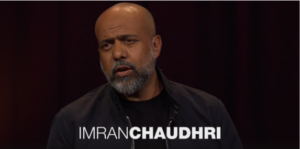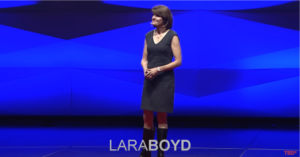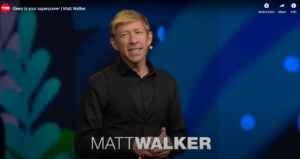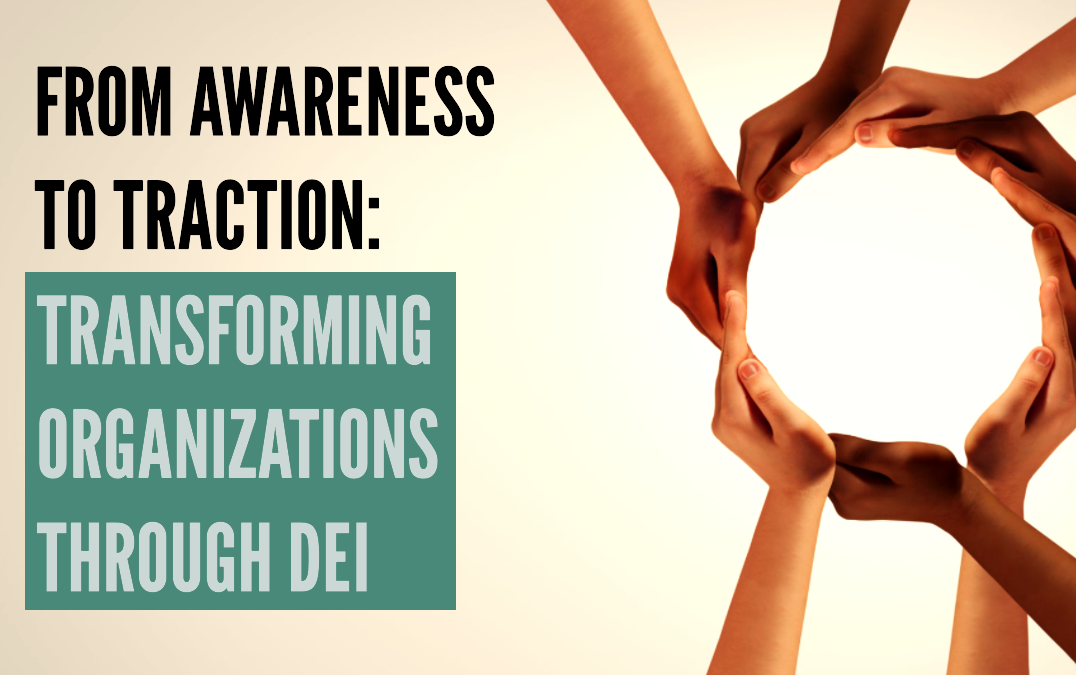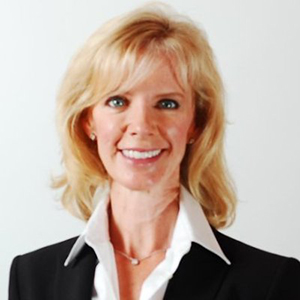
Message From Our Founder
Welcome to the ninety-seventh issue of CEE News!
.
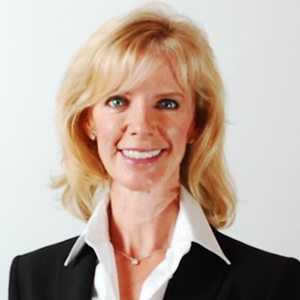 It’s budget season for organizations on a calendar-based fiscal year. Whether you’re a seasoned professional or first-time budget manager, submitting a budget for approval during times of economic uncertainty can be a confidence shaker. Being a budget manager isn’t just about creating a wish list and bracing for a 30% cut. It’s about being a strategic thinker and a persuasive communicator. These five questions will help you win the hearts of senior leaders and get your budget approved, even during fiscally fickle times.
It’s budget season for organizations on a calendar-based fiscal year. Whether you’re a seasoned professional or first-time budget manager, submitting a budget for approval during times of economic uncertainty can be a confidence shaker. Being a budget manager isn’t just about creating a wish list and bracing for a 30% cut. It’s about being a strategic thinker and a persuasive communicator. These five questions will help you win the hearts of senior leaders and get your budget approved, even during fiscally fickle times.
- What are the organization’s strategic goals? Before diving into the nitty-gritty of spreadsheets and numbers, take a step back and grasp the bigger picture. Understand the organization’s strategic goals and how your budget aligns with them. When you can clearly articulate how your financial plans contribute to the overall success of the company, you’ll earn the respect and support of senior leaders.
a - Who are the key decision makers? Knowing the lay of the land is crucial. Identify the key decision-makers in your organization, especially those with the final say on budget approvals. Take the time to understand their priorities and tailor your budget proposal to address their needs, where possible. Winning hearts can be just as important as crunching numbers.
a - What are the major cost drivers? As a budget manager, you’re not just a number cruncher. You’re also a detective. Dive into the data to identify the major cost drivers in your organization. Understanding where the money is going will help you make informed decisions and justify your budget allocations to senior leaders. It’s all about making your case with solid evidence.
a - Where can we save money? Let’s face it – everyone loves cost-saving superheroes. Look for opportunities to negotiate with vendors and suppliers for better pricing on products and services and document the savings in your proposed budget. This can result in significant savings over time and demonstrate your dedication to saving the organization’s resources.
a - What’s Plan B? Life is unpredictable, and budgets are no exception. Senior leaders appreciate budget managers who are prepared for unforeseen circumstances. So, create a Plan B – a contingency plan that outlines how you’ll handle unexpected challenges or changes in the financial landscape. Having a backup strategy shows your ability to think ahead and adapt to any situation.
By asking these five questions and incorporating the answers into your budget proposal, you’ll improve the odds of getting the resources you need to help your organization meet the challenges of the coming year.
Sheri Nasim | President & CEO

–



